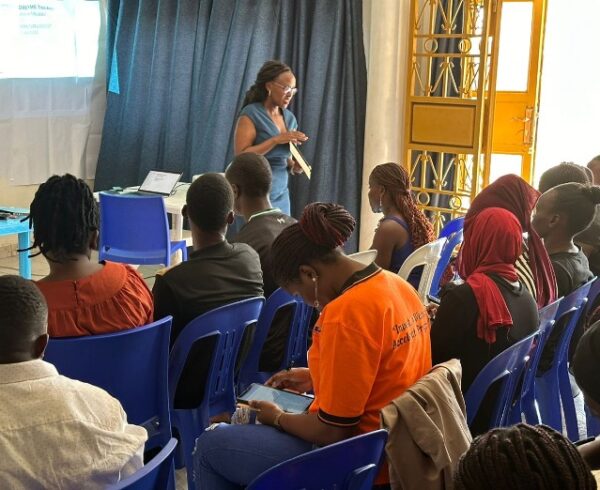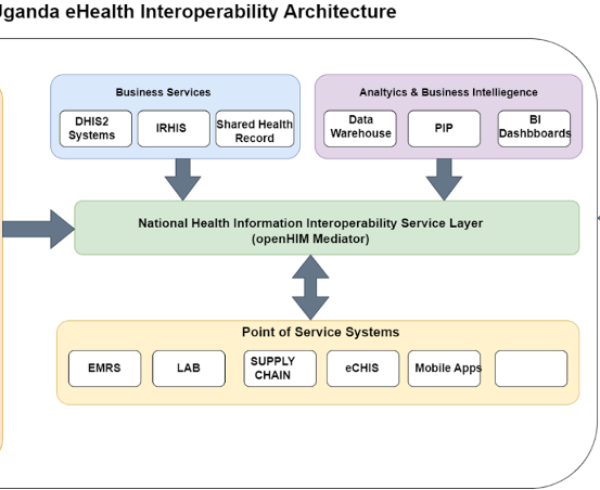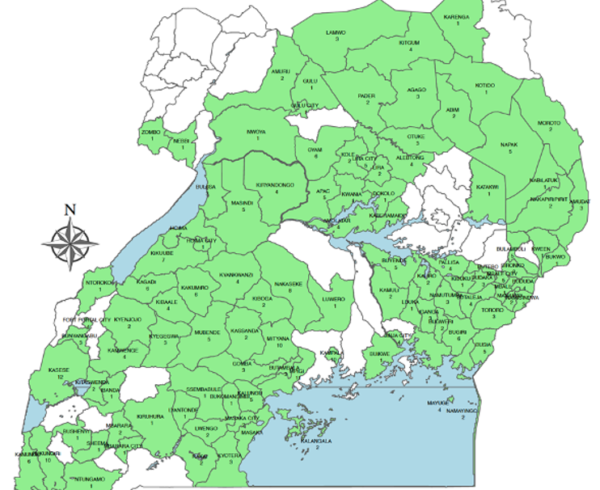The Orphans and other Vulnerable Children (OVC) program is aggressively and competently contributing to ending the HIV epidemic. Continuous assessment of competence of services and attention to utilization of clean data for program management have a vital bearing on attainment of this goal.
In November 2022, the METS team working together with Ministry of Gender, Labor and Social Development, USAID’s Strategic Information Technical Support (SITES) and other stakeholders conducted a follow-on OVC service quality assessment to assess satisfaction among the beneficiaries of the program services provided between October 2021 – March 2022. The assessment was meant to highlight the strengths and gaps in OVC service provision and provide possible recommended actions for improvement in 261 OVC households in the Rwenzori Region.
The assessment was done at three levels: the household with an adolescent or child living with HIV (A/CLHIV), the health facility/community service organization (CSO) site and artisan offering training to the beneficiary.
Up to10% of OVC households with A/CLHIV were sampled to verify services reported at both the community service organization (CSO) site and at the health facilities. At household level, a customized electronic assessment data form was used to collect information on household income & HIV treatment status. After the household visits, teams visited health facilities where C/ALHIV were receiving ART Treatment to verify ART refills, appointments, and viral load tests. Artisans contracted by the CSO to skill household members were visited to assess their progress and competence and to draw specific action plans to address the identified gaps.
Artisan Competence Assessments during the FY22 follow-on OVC SQA
Overall, the assessment revealed that the quality of OVC service offered in the Rwenzori region was adequate and met expectations at 86% on average under the sections of Economic Strengthening & Stability, Education & Development, Care & Protection and Survival and Health.
Identified gaps included inadequate documentation to confirm CSOs follow-up of A/CLHIV, unverified information between the CSO OVC register and information provided by the OVC caregivers, data inconsistency in the OVC household case files and OVC register, and use of wrong OVC service codes to document services at households.
The results of the assessment demonstrated that there is strict adherence to quality standards by OVC service providers when offering OVC services to OVC households on ART which can significantly increase the number of virally suppressed Children.






